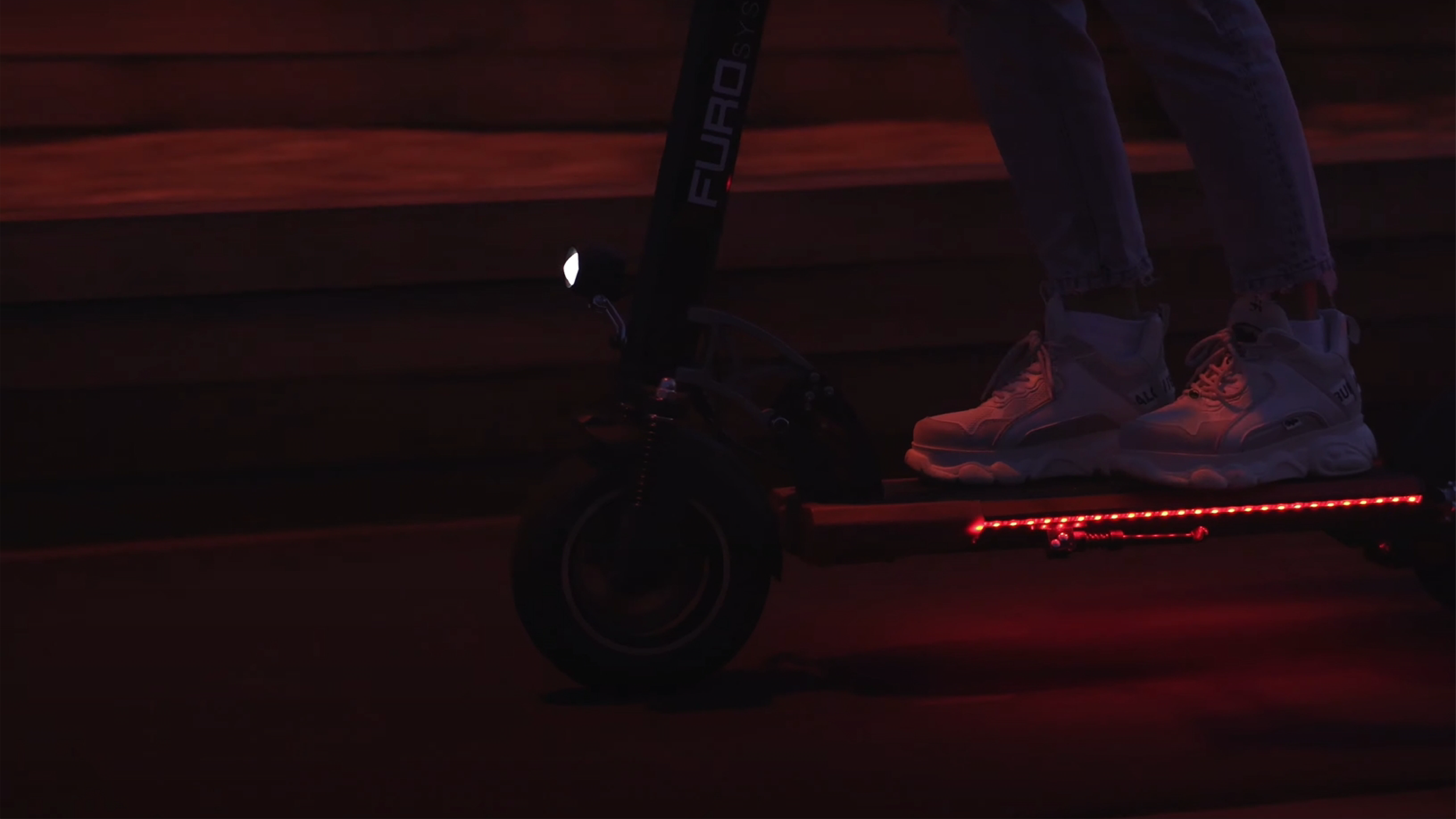Shared micromobility programs, including dockless electric scooter-share (E-scooter), are popular in many U.S. cities, with the hope of improving car-free accessibility. However, few studies clearly identify the activities driving travel demand or if they increase visits. To address this, we analyzed E-scooter use patterns to leisure facilities. E-scooter use is significantly correlated with daily dining and drinking, shopping, and recreational activities, in that order, with higher correlation clusters in downtown and university campus areas. Using a Difference-in-Differences approach, we found E-scooter use does not significantly increase overall visits.





